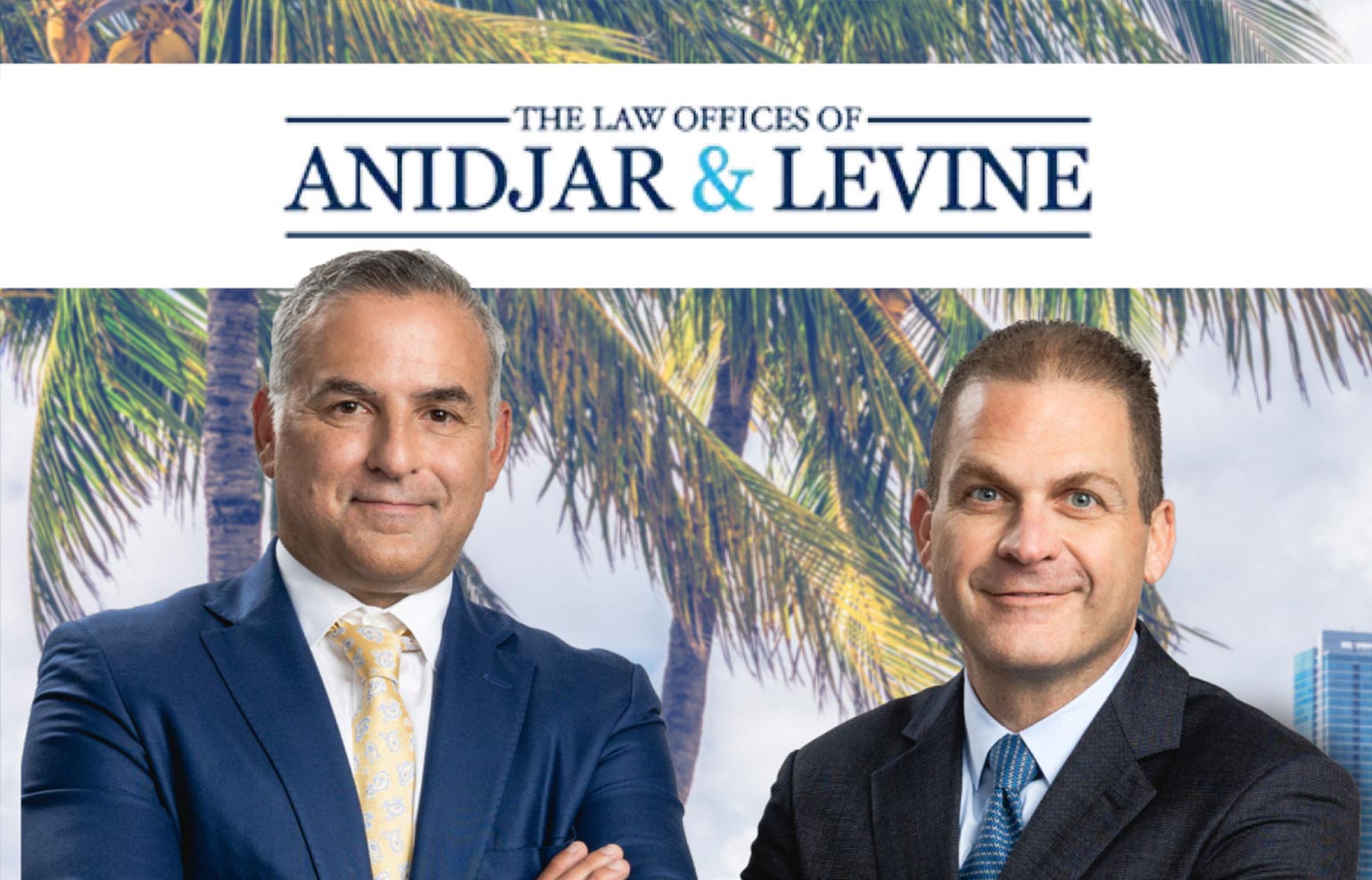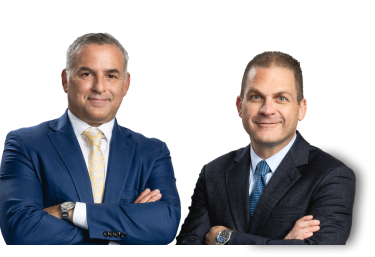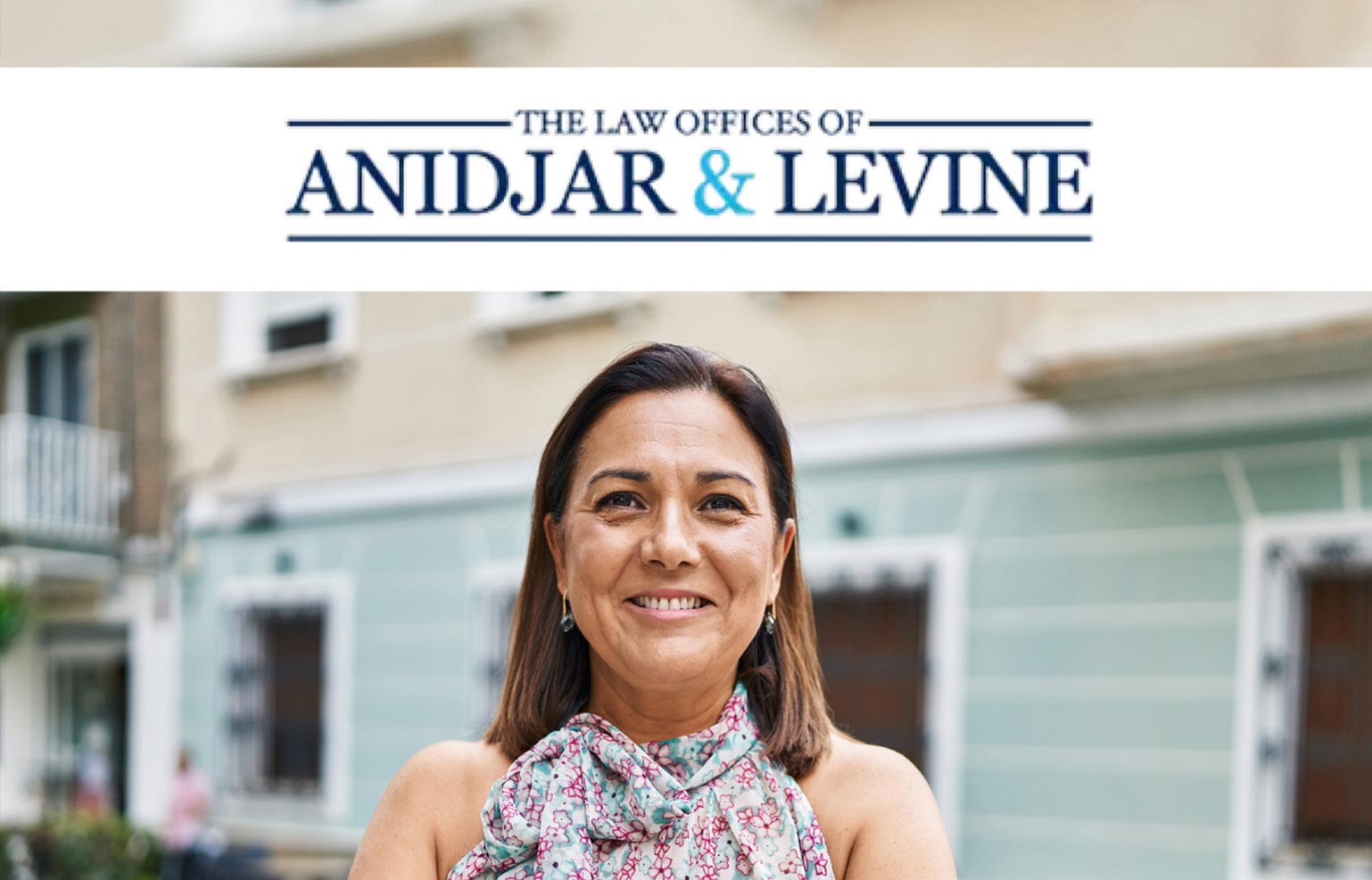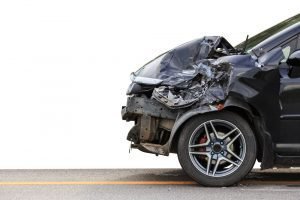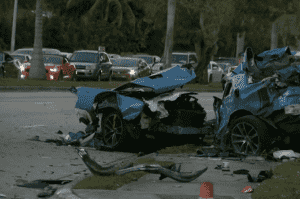
Full coverage is a bit of a misnomer when it comes to liability protection. Full coverage does not “fully” cover the insured but rather provides the bare minimum protection required by Florida law.
We have extensive experience litigating insurance claims and recovering compensation for injured parties. We are committed to educating Florida residents about the limitations in their own policies and helping them obtain more extensive protection against liability. Our law firm offers a free policy review with recommendations to the public on how to add important coverage to supplement your insurance.
Hurricane Insurance vs. Flood Insurance in Florida: What’s the Difference?
Hurricane and flood insurance provide protection against different types of natural disasters. Understanding the distinctions is crucial for Florida homeowners, especially those in coastal or flood-prone areas.
Hurricane Insurance
What It Covers:
-
Most standard homeowners insurance policies cover wind damage caused by hurricanes, including damage to your roof, windows, and structure.
-
Policies often have a special windstorm or hurricane deductible, which may be higher than your standard deductible.
What It Does Not Cover:
-
There is no standalone “hurricane insurance” policy. Instead, protection comes from a combination of homeowners (wind) and flood insurance.
-
Homeowners insurance does not cover flood damage caused by rising water, storm surges, or flooding after a hurricane.
Additional Considerations:
-
In some coastal regions, windstorm coverage may require a separate endorsement or even a dedicated windstorm policy.
-
Separate deductibles may apply for hurricane-related wind damage.
Flood Insurance
What It Covers:
-
Flood insurance specifically covers damage caused by flooding, including water from overflowing rivers, lakes, or storm surges during hurricanes.
-
Covers both the structure and, optionally, the contents of your home.
What It Does Not Cover:
-
Flood insurance does not cover wind damage, even if the wind is from a hurricane.
Additional Considerations:
-
Flood insurance is typically a separate policy purchased through the National Flood Insurance Program (NFIP) or private insurers.
-
There is usually a 30-day waiting period before flood insurance becomes active.
-
Especially important for homes located in FEMA-designated flood zones.
Key Differences Between Hurricane and Flood Insurance
-
Separate Policies:
Wind (hurricane) damage is usually covered under homeowners insurance; flood damage requires a separate flood insurance policy. -
Deductibles:
Both wind and flood coverage may have separate deductibles, which could be a flat amount or a percentage of the home’s insured value. -
Coverage:
-
Wind (hurricane) coverage: Protects against damage from high winds and flying debris.
-
Flood coverage: Protects against damage from rising water, storm surges, and flooding.
-
What Does “Full Coverage” Car Insurance Mean in Florida?
In Florida, “full coverage” car insurance typically refers to a policy that goes beyond the state’s minimum requirements. Full coverage includes liability coverage, collision coverage, comprehensive coverage, and often additional protections, along with the state-mandated Personal Injury Protection (PIP) and Property Damage Liability (PDL).
Florida’s Minimum Car Insurance Requirements
-
Personal Injury Protection (PIP):
Covers medical expenses for you and your passengers, regardless of fault, with a minimum required limit of $10,000. -
Property Damage Liability (PDL):
Pays for damage your vehicle causes to other people’s property, with a minimum required limit of $10,000.
What Is Included in “Full Coverage”?
-
Collision Coverage:
Pays for repairs to your vehicle if it’s damaged in a collision with another vehicle or object, regardless of who is at fault. -
Comprehensive Coverage:
Covers non-collision damage to your vehicle, such as theft, vandalism, fire, or natural disasters. -
Uninsured/Underinsured Motorist Coverage:
While not required by law, this is often included in full coverage policies. It protects you if you’re in an accident with a driver who has little or no insurance.
Why Choose Full Coverage?
-
Broader Protection:
Full coverage helps protect against a wider range of incidents, reducing your potential out-of-pocket expenses. -
Peace of Mind:
Knowing you have extensive coverage can provide reassurance, especially since Florida has a high percentage of uninsured drivers. -
Required for Leased or Financed Vehicles:
If your car is leased or financed, the lender will almost always require you to carry full coverage.
Important Considerations
-
Cost:
Full coverage is more expensive than minimum coverage but provides greater protection. -
Individual Needs:
The right level of coverage depends on your financial situation, driving habits, and the value of your vehicle. -
Discounts:
Many insurers offer discounts for safe driving, bundling policies, or installing safety features in your vehicle.
Average Car Insurance Costs in Florida (as of June 2025)
-
Minimum Coverage: About $75 per month ($898 per year)
-
Full Coverage: About $311 per month ($3,733 per year)
What does Full Coverage Insurance Cover?
In Florida, this “full coverage” happens to be:
- A minimum of $10,000 Personal Injury Protection (PIP)
- A minimum of $10,000 Property Damage Liability (PDL)
The $10,000 of PIP is used to pay 80% of your medical bills and 60% of your lost wages if you are hurt in an accident. The PDL covers medical, surgical, funeral, and disability benefits. Because Florida is a “no-fault” state, the insurance company pays for these damages up to $10,000 regardless of fault.
The renowned Fort Lauderdale full coverage lawyers at the Law Offices of Anidjar & Levine are dedicated to helping Florida residents obtain full coverage for their motor vehicle needs. We have successfully handled all types of insurance claims, obtaining compensation for drivers in Miami and other areas of Florida.
What No-Fault Insurance Covers
No-fault insurance also covers family members who do not have their own policy. Your PIP will protect family members who suffer personal injuries while riding in another person’s car. It will also cover you if you are injured as a pedestrian or cyclist hit by another vehicle.
Under your PDL coverage, the insurance company will likewise pay up to a certain amount for property damage caused by your cars, such as damage to trees, buildings, road signs, and mailboxes.
It will also cover the cost to repair another person’s vehicle, even if the accident was your fault. If the accident resulted in a “total loss,” meaning it would cost more to repair the vehicle than to replace it, PDL will cover a portion of the replacement cost.
Full Coverage Insurance Limitations
Although full coverage sounds like a lot, it is actually a pretty low amount of protection considering the high cost of auto damage and medical care. Even if you did not cause the accident, you can still be stuck with prohibitively expensive bills that can threaten your financial future.
Full coverage insurance also has serious limitations, of which you should be aware. First, it does not pay for repairs to your car after a crash. It will only pay for damage to the other person’s car under very limited circumstances, such as where the car is “properly parked.”
Further, insurance will not cover the cost to replace your car if it is stolen. Second, you must give up some of your legal rights in order to receive full payment for your injury. You cannot sue the other driver unless you can show a “serious” or permanent injury. These are all “exclusions” set forth in the policy.
Make Sure You are Covered in Case You are in a Car Accident
Unfortunately, most people do not think about the possibility of totaled vehicles and catastrophic injuries until it is too late. That is why over half the people on Florida roads are driving around with minimal or no insurance.
So, if you think you are “fully covered” in the event of an accident, think again. Full coverage requires planning ahead and purchasing sufficient insurance before an accident occurs. Because you will most likely be exposed to greater damages than the absolute minimum will cover, purchasing full coverage insurance would be wise.
To properly protect yourself, your property, and assets, consider adding coverage for:
- Collisions
- Bodily injury
- And uninsured motorist benefits
Florida’s “full coverage” insurance is not enough.
Statute of Limitations for Car Accidents in Florida
If you are in a car accident and you believe the other driver is at fault, you may be entitled to compensation for your medical bills, property damage, and more.
Keep in mind, Florida has a limit on the amount of time you have to file an injury claim or lawsuit in civil court. Per Florida Statutes §95.11(3)(a), you have four years from the date of the accident to file.
Critical evidence can disappear over time. Surveillance video can be erased. Do not let this window close on your opportunity to seek compensation. The sooner you call the team at the Law Offices of Anidjar & Levine, the sooner we can start building your case.
Call a Team Member for Help Today
If you want full liability coverage in an accident, the Lauderdale full coverage attorneys at the Law Offices of Anidjar & Levine can help. We have seen many accidents and know they can be devastating. That is why we are committed to ensuring you are protected by more than the bare minimum coverage. Call (954) 525-0050 today for a free consultation or contact us online.

